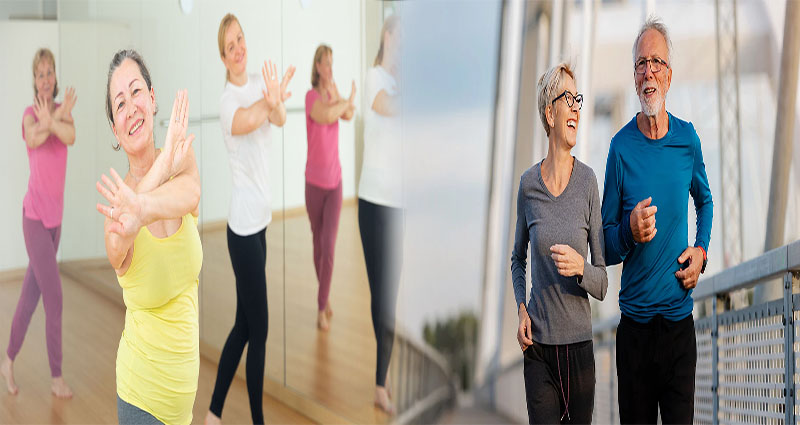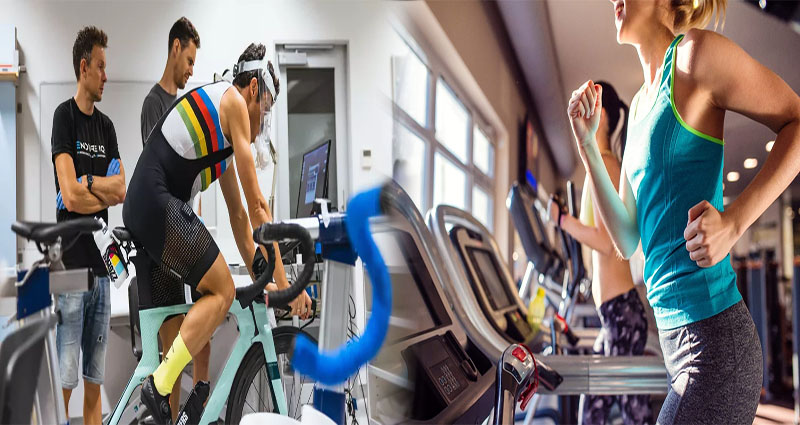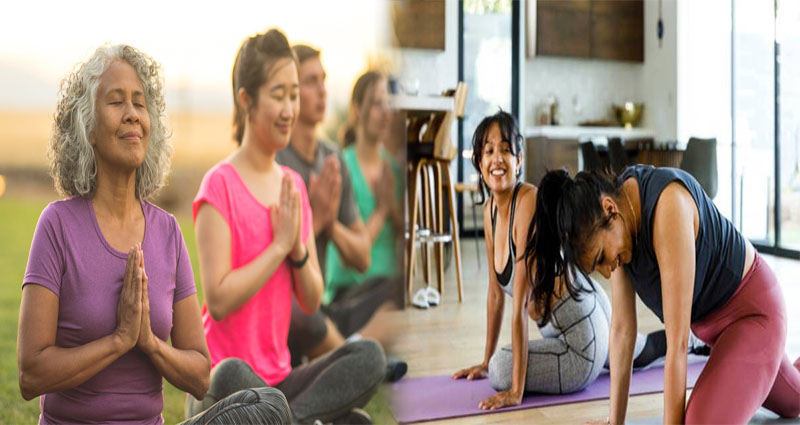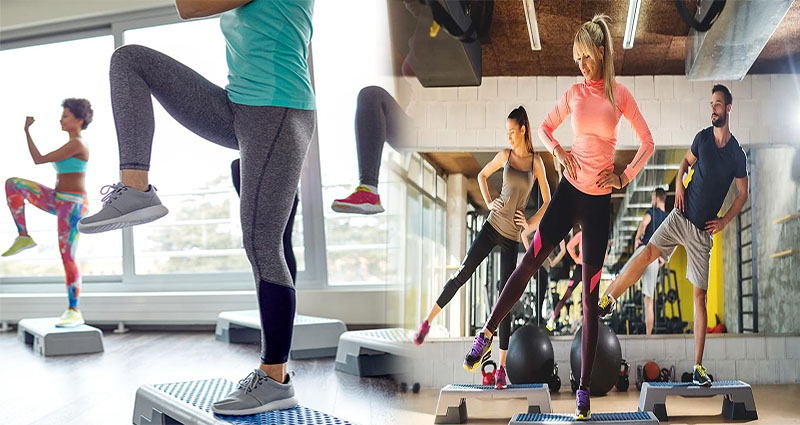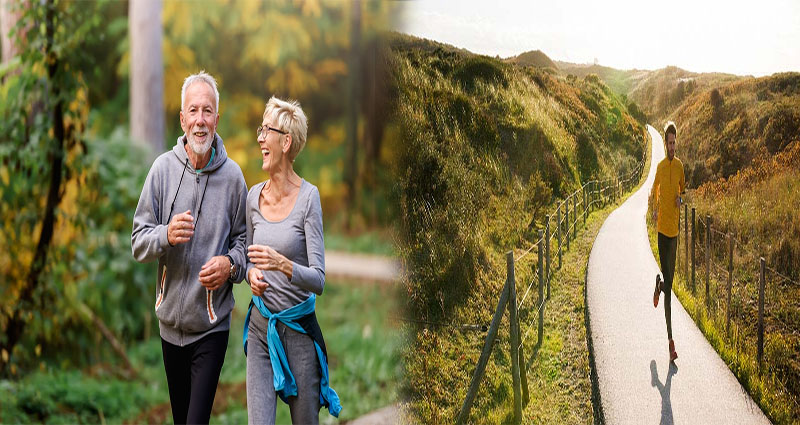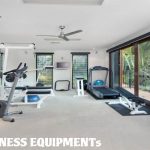Discover the Long-Term Benefits of Regular Aerobic Exercise for Seniors
As we age, maintaining our physical health and well-being becomes increasingly vital for a fulfilling and active lifestyle. Regular aerobic exercise offers a multitude of benefits for seniors, supporting not only physical fitness but also cognitive function, emotional well-being, and overall quality of life. By incorporating aerobic activities into their routines, seniors can enjoy a range of long-term advantages that contribute to a healthier, more vibrant future.
Preserving Cardiovascular Health
One of the primary long-term benefits of regular aerobic exercise for seniors is the preservation of cardiovascular health. Engaging in activities such as walking, swimming, cycling, or dancing helps strengthen the heart and improve circulation, reducing the risk of heart disease, stroke, and other cardiovascular conditions. Over time, consistent aerobic training can lower blood pressure, improve cholesterol levels, and enhance overall heart function, promoting longevity and quality of life.
By maintaining cardiovascular health through regular aerobic exercise, seniors can experience … Read more ... “Discover the Long-Term Benefits of Regular Aerobic Exercise for Seniors”

